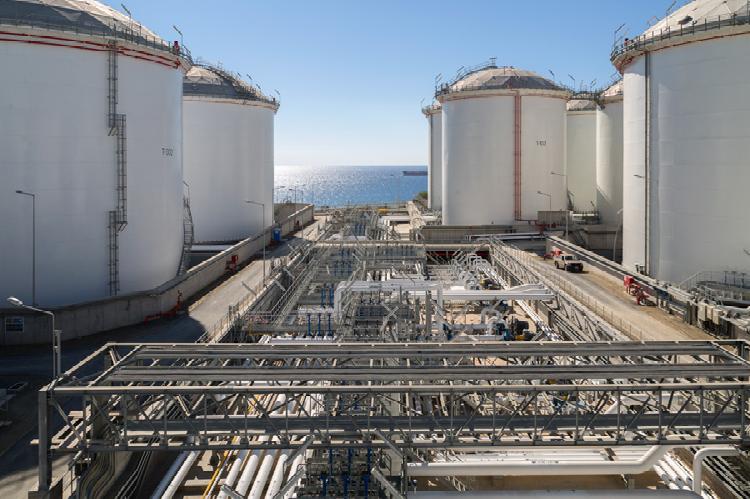Design of tanks’ foundation and onshore pipeline against earthquakerelated geohazards in a coastal area in Northern Greece

The design of coastal oil and gasol ine tanks along with interconnected onshore and offshore pipeli ne in an area that is char acterized by very loose to loose gr anular and very soft to soft clayey soils, high water table and moderate or high seismicity will be much more demanding and challenging, since various issues are directly or indirectly associated to (a) settlement s over time and (b) a pot ential earthquake. The cur rent paper aims to illustrate the following main topics: (a) estimation-calculat ion of settlements and t heir consolidation time and (b) earthquake-related geohazard and soilstruct ure interaction that have to be coped with for the proper design of tanks’ foundation as wel l as pipelines in a coastal area at Nort hern Greece. As a consequence, the main earthquake-related geohazards that are present in the study ar ea are briefly presented, such as seismic wave loading, active-fault rupture, and soil liq uefaction phenomena. Emphasis is also given to the numer ical simulation of the static and dynamic interaction between the pipeline and the surrounding soil as well as the foundation type and the soil underneath. Since foundation soil will lose its shear strength during an earthquake, specific mitigation measures are proposed. These measures may also be adopted in the case of excessive pipeline distress.
